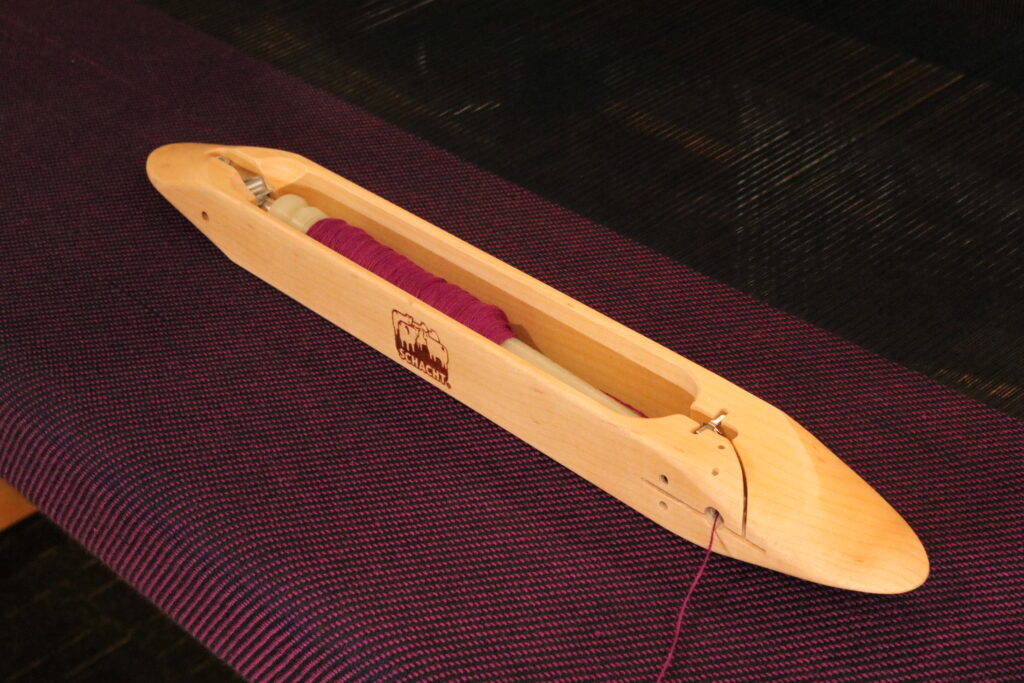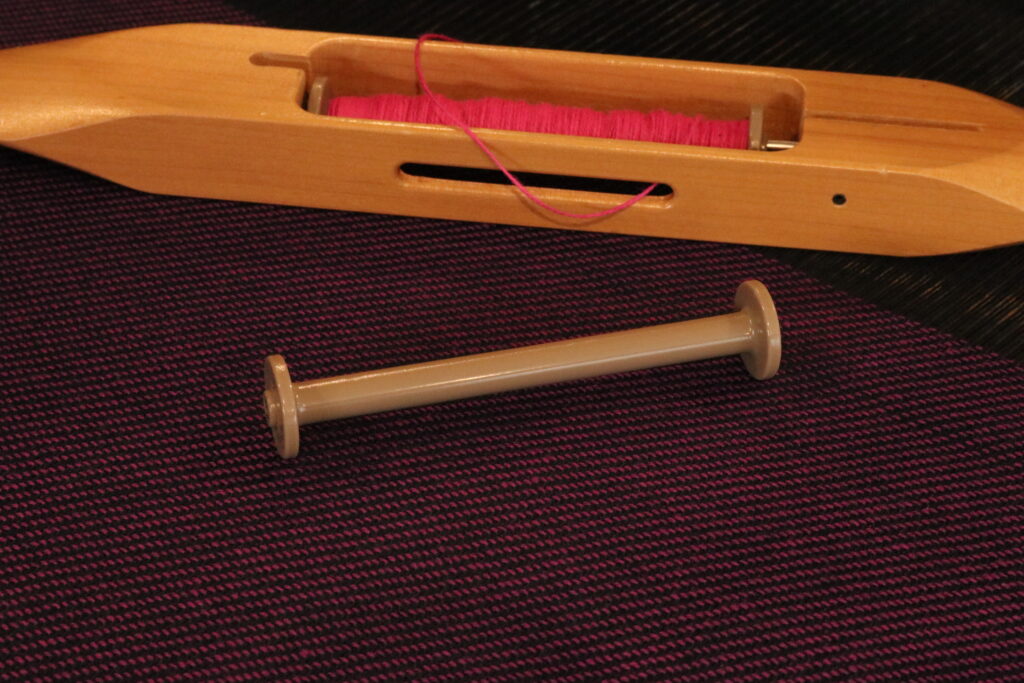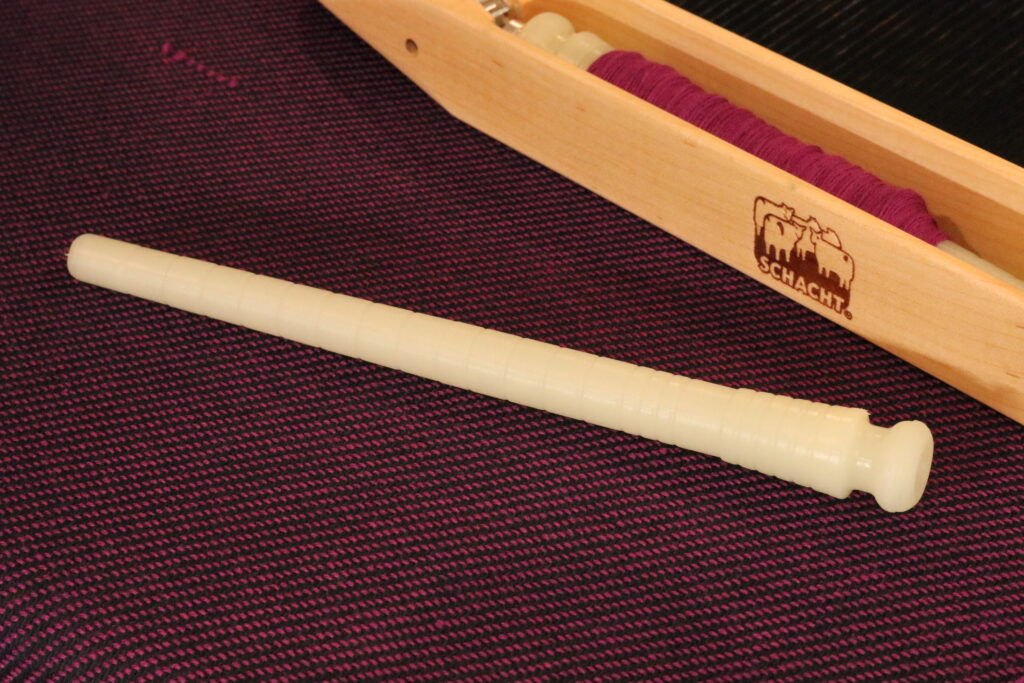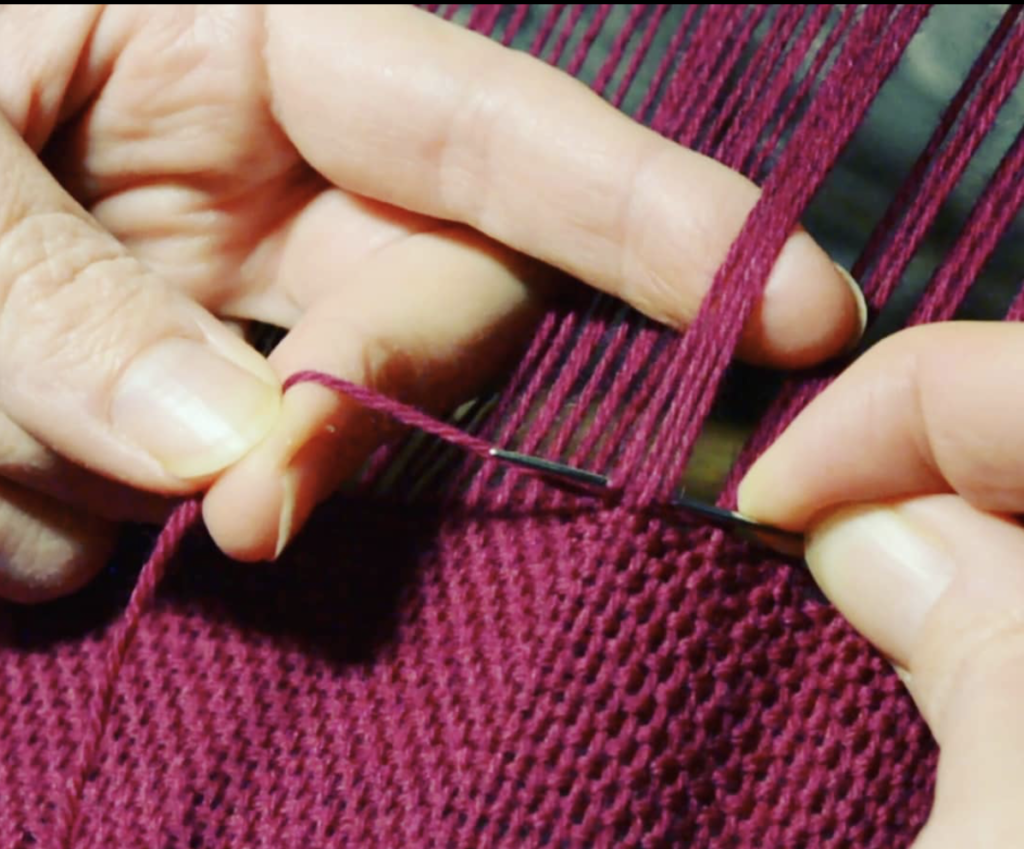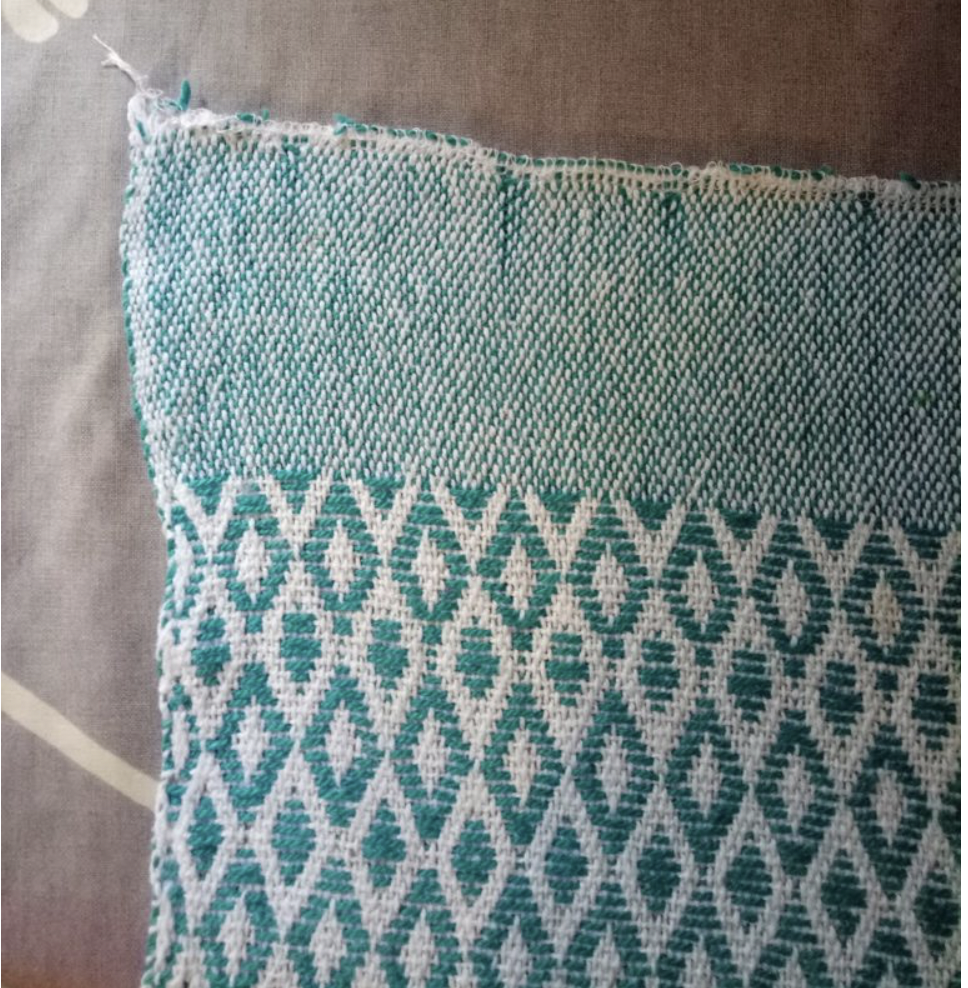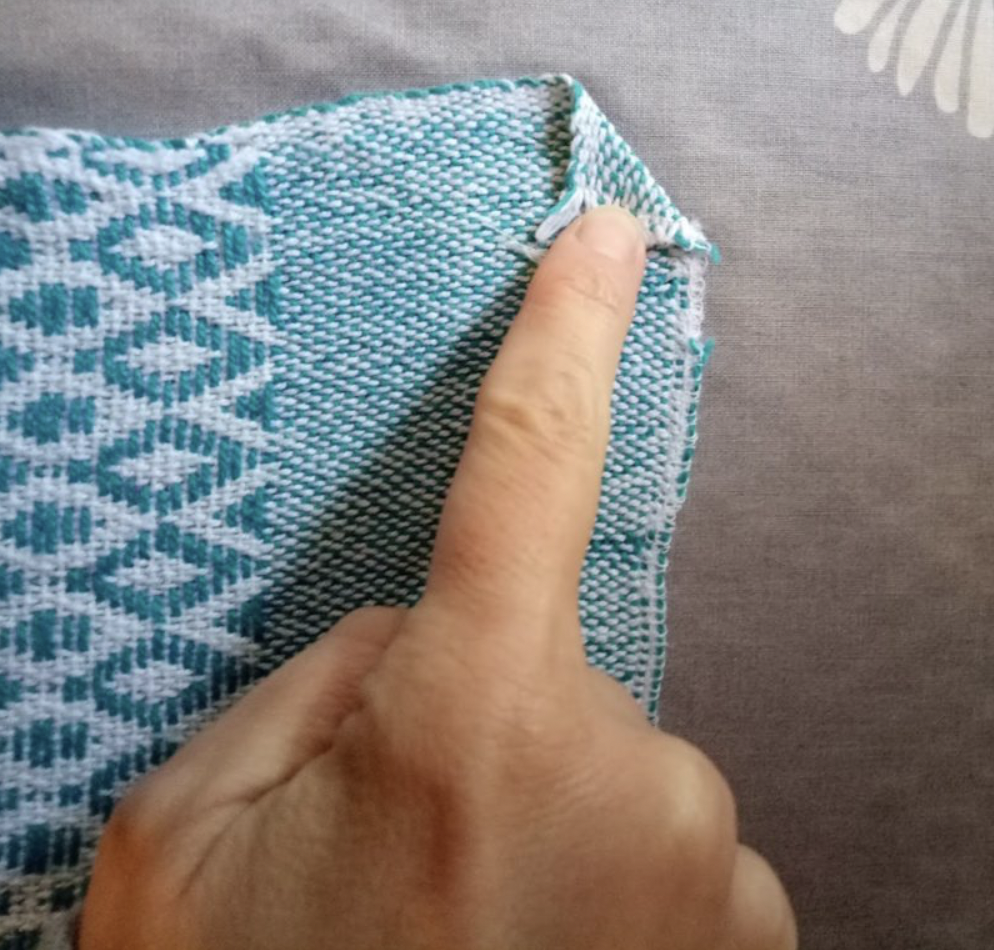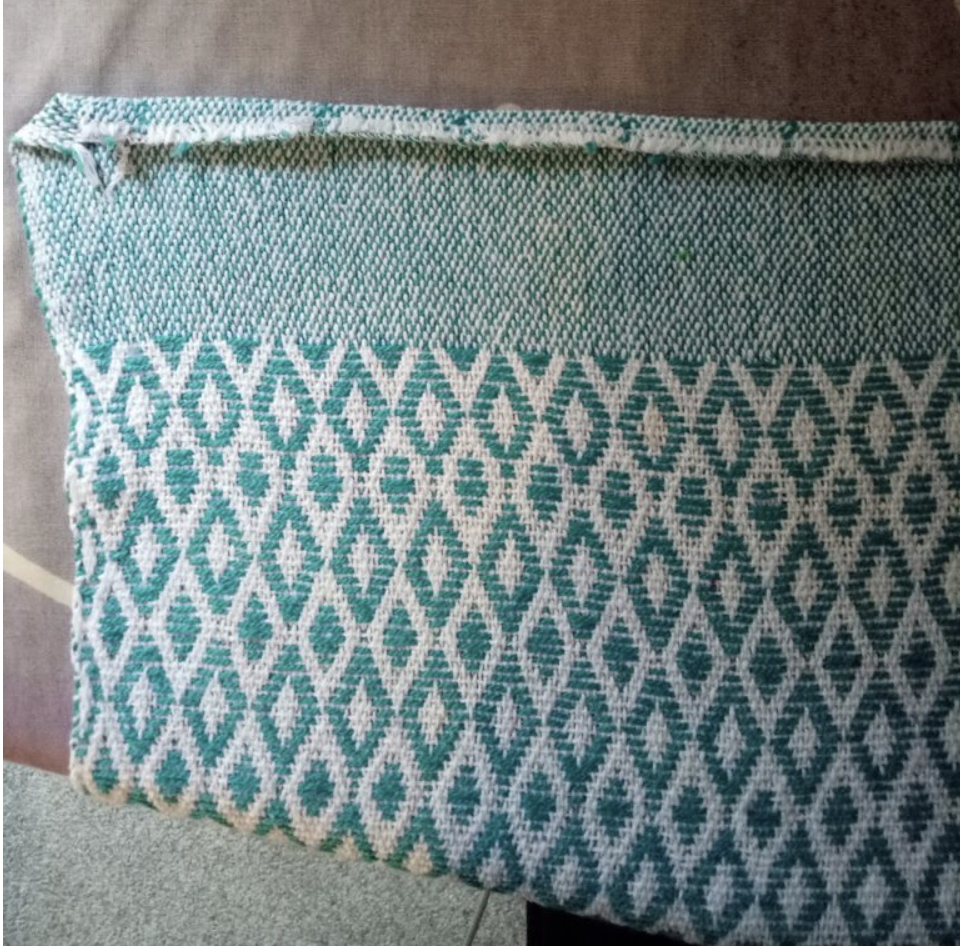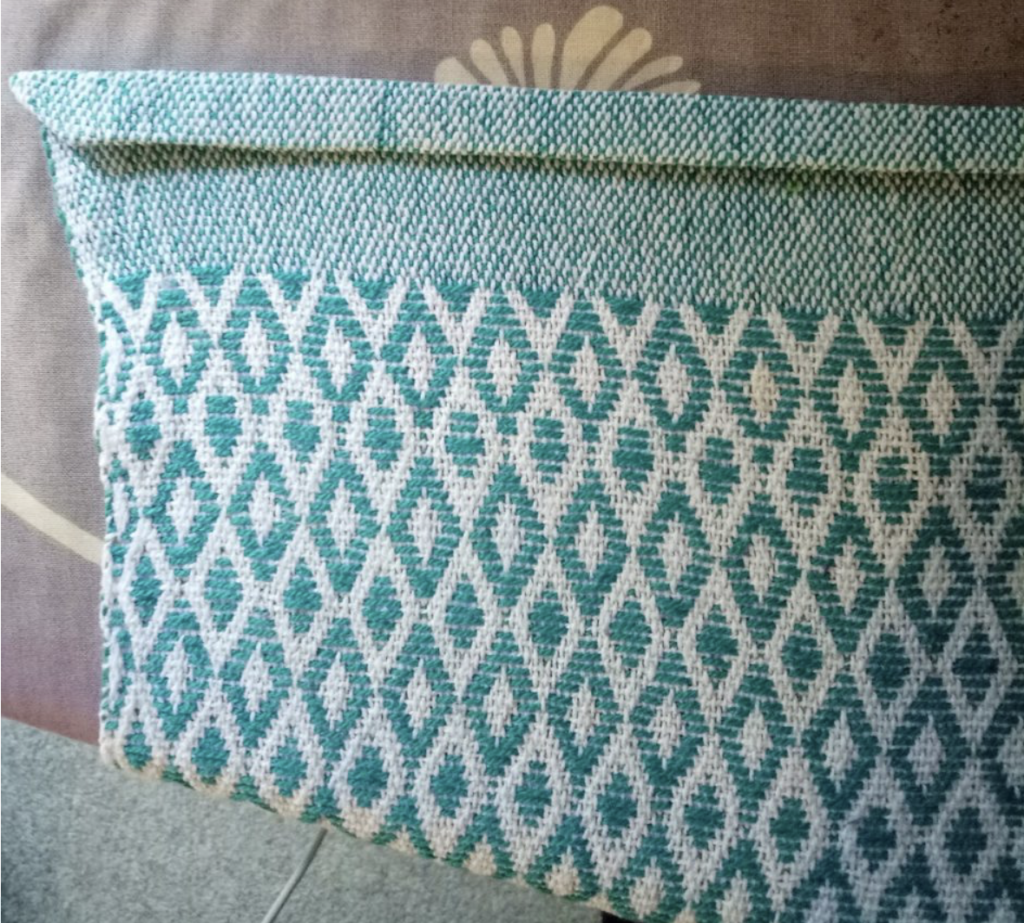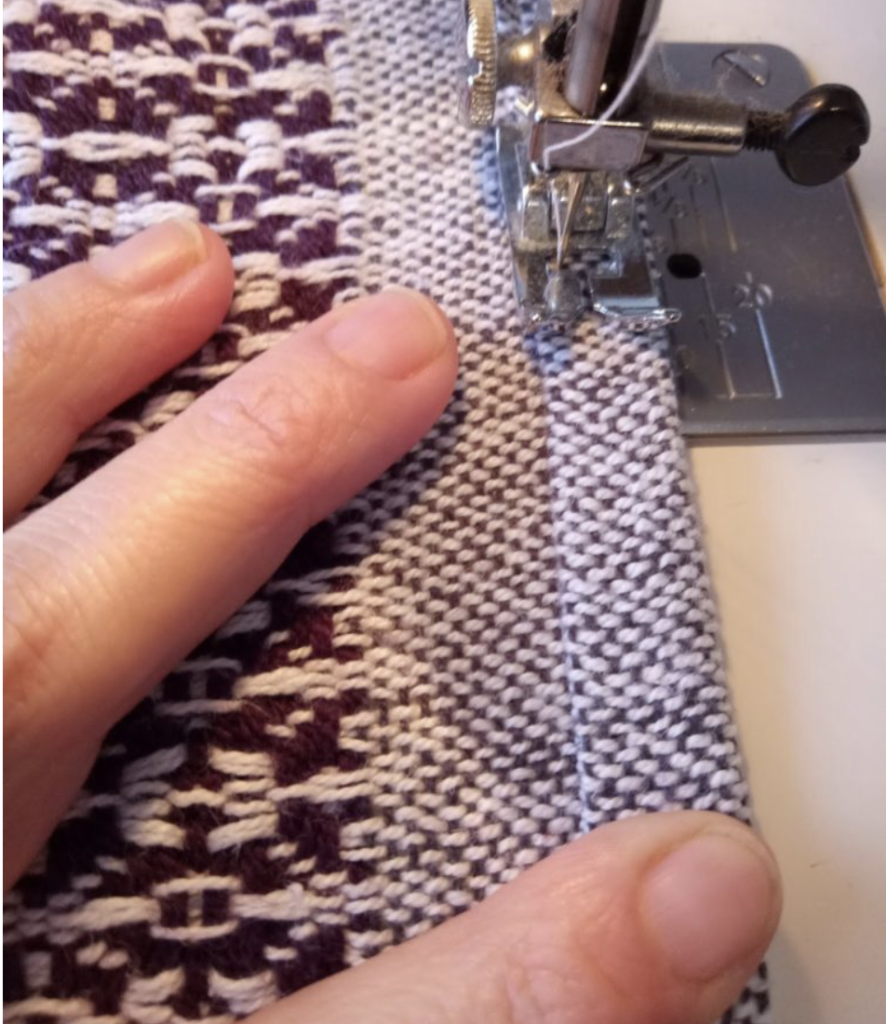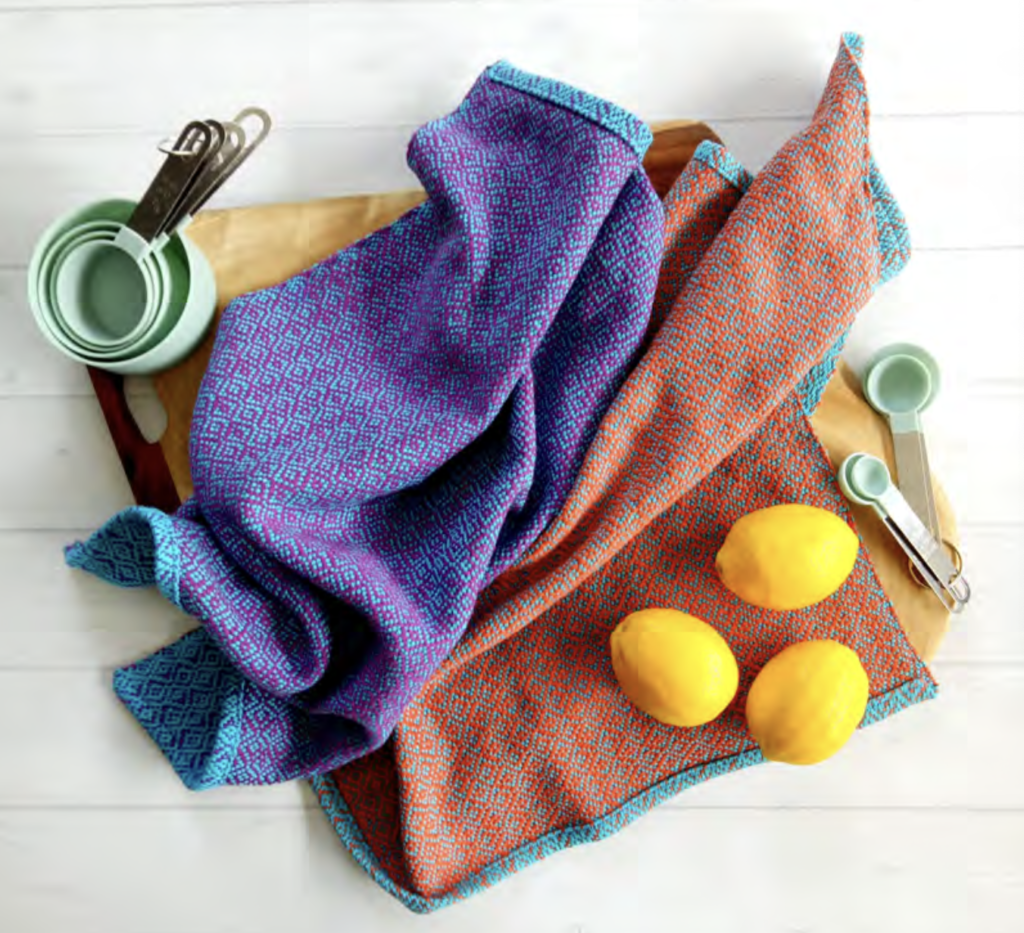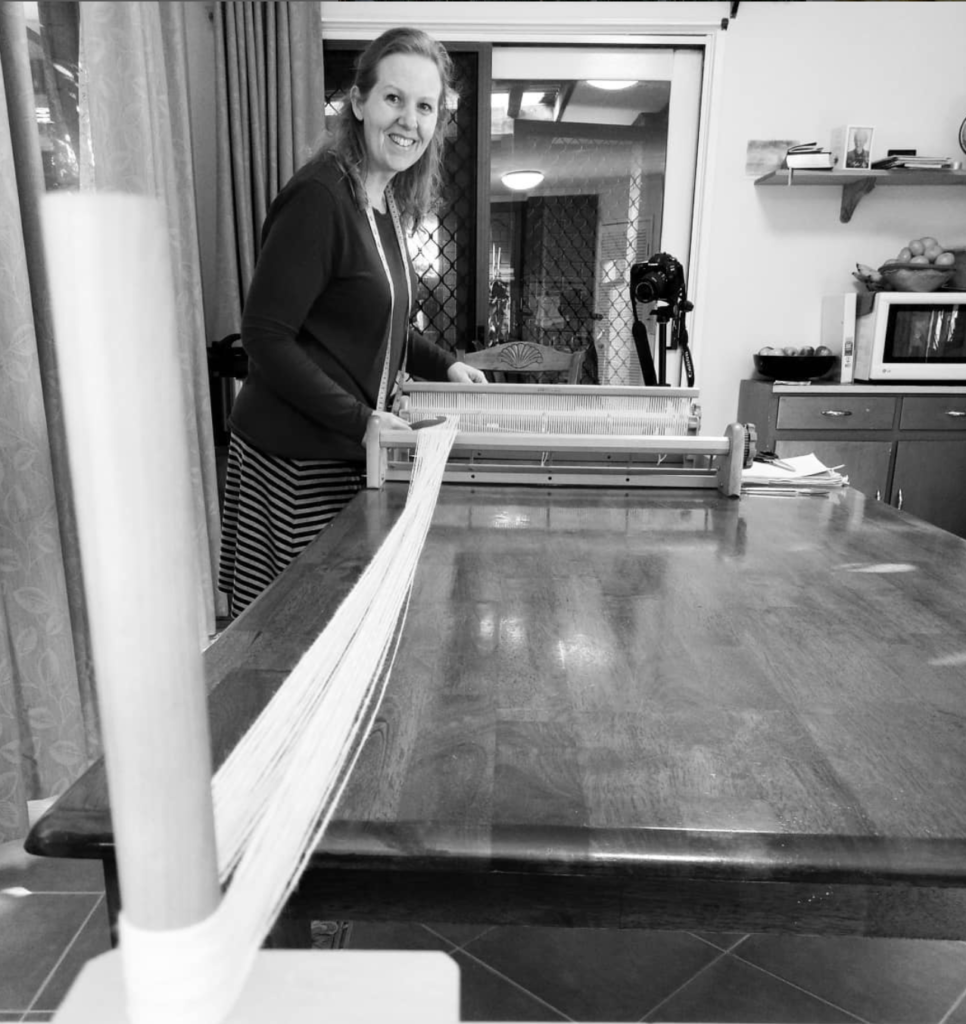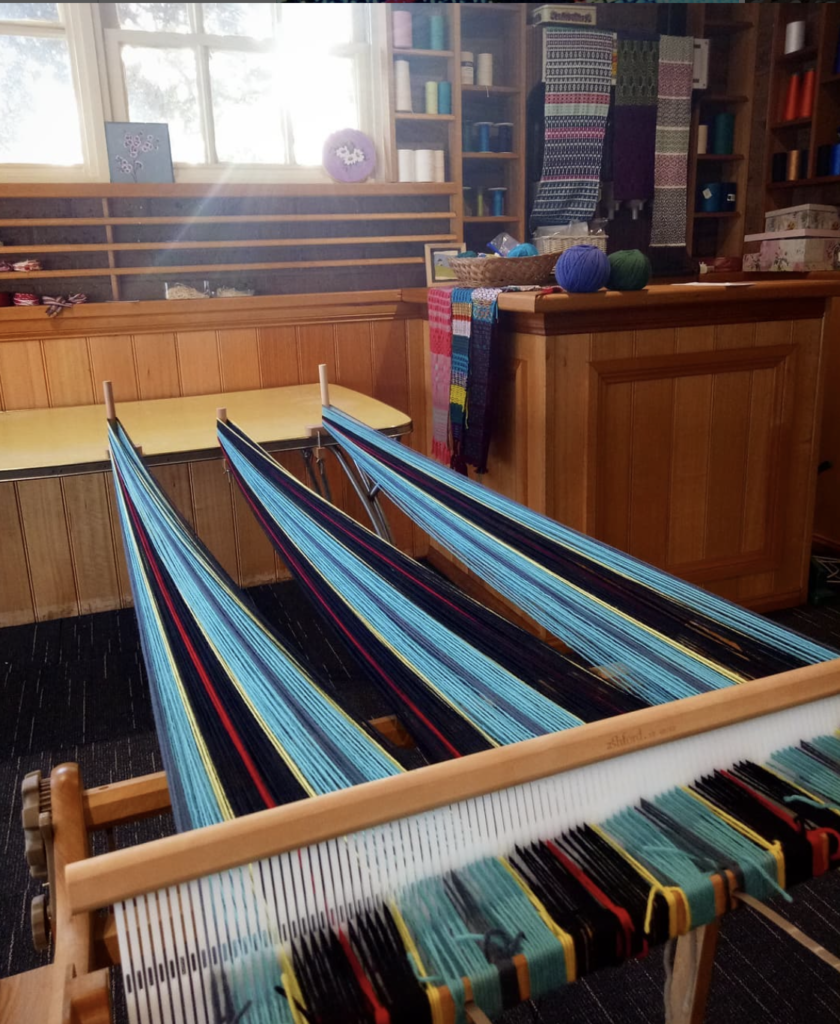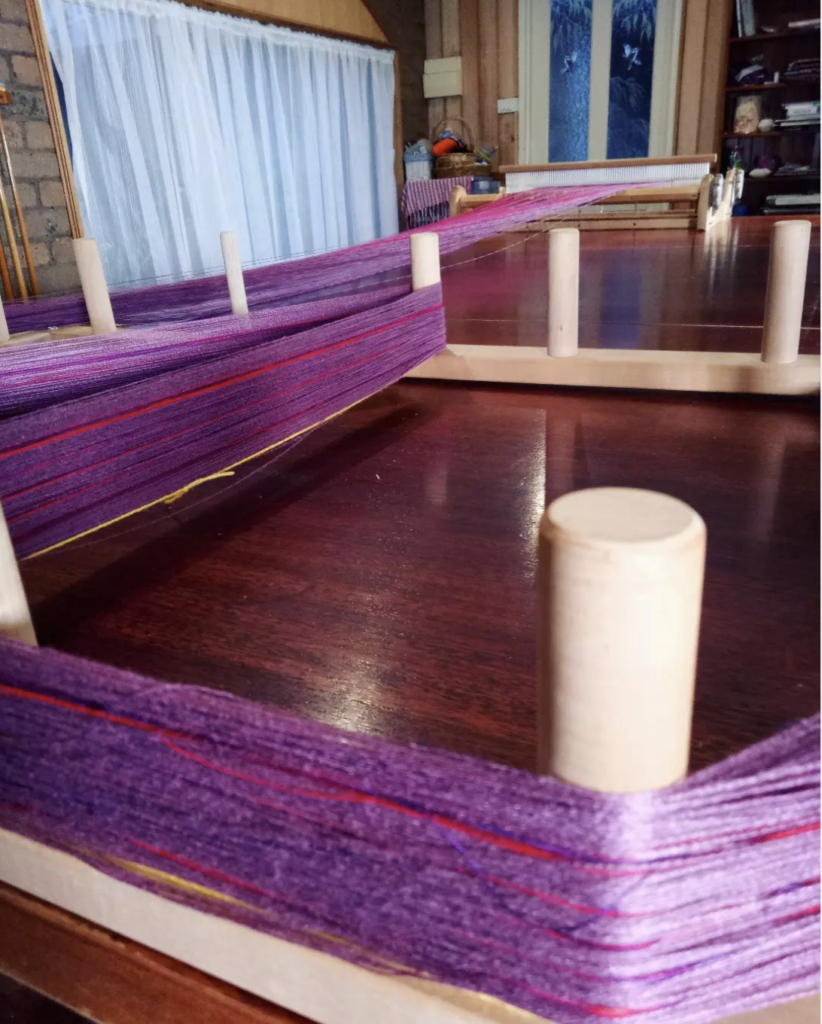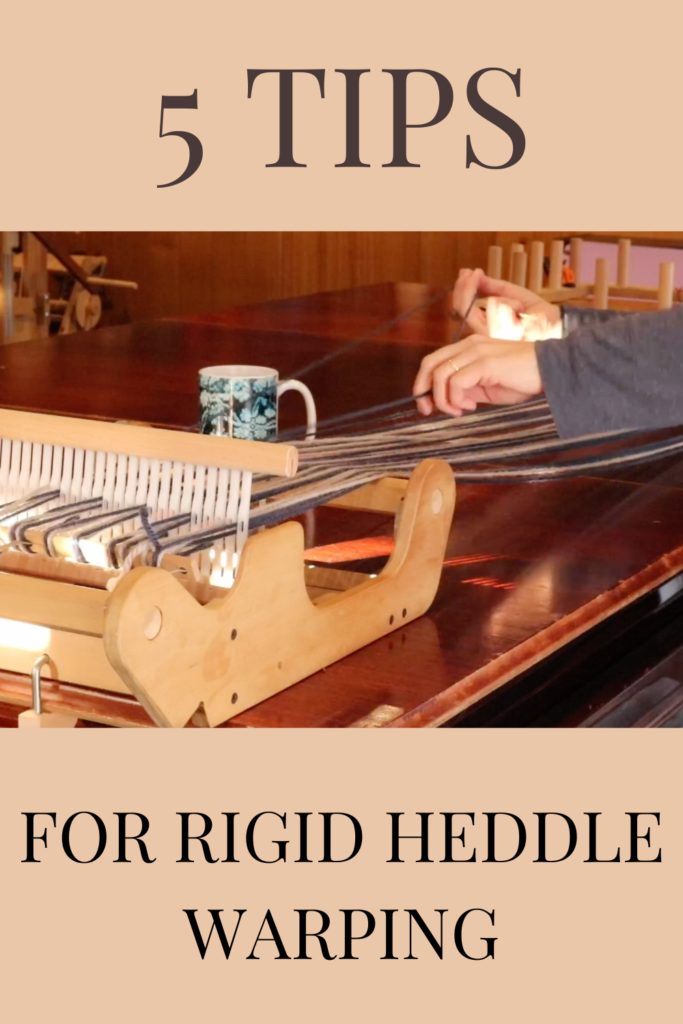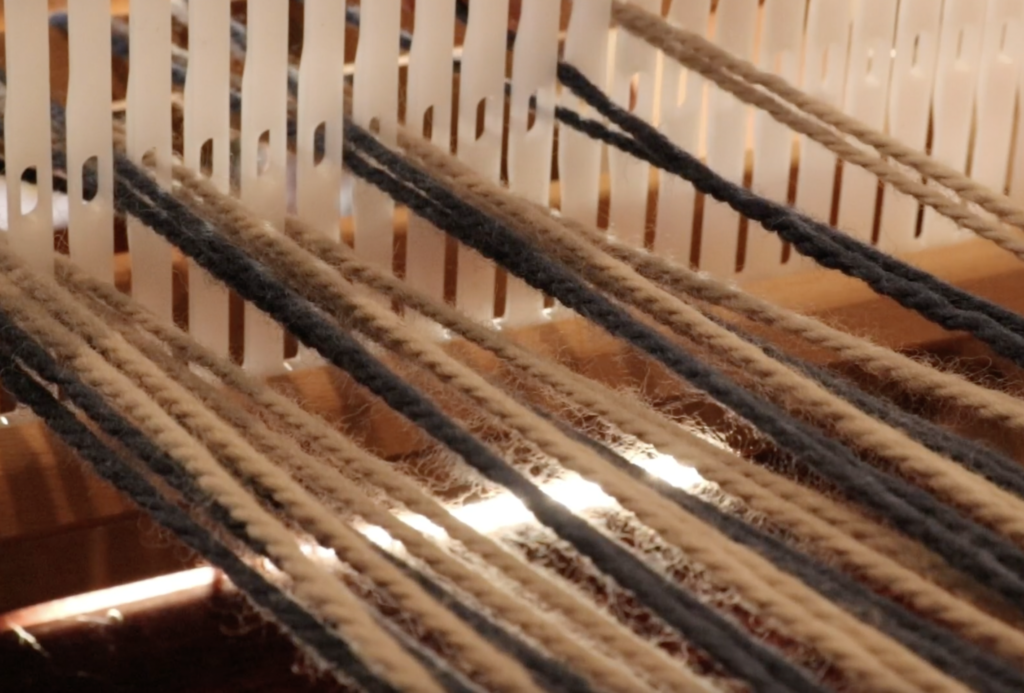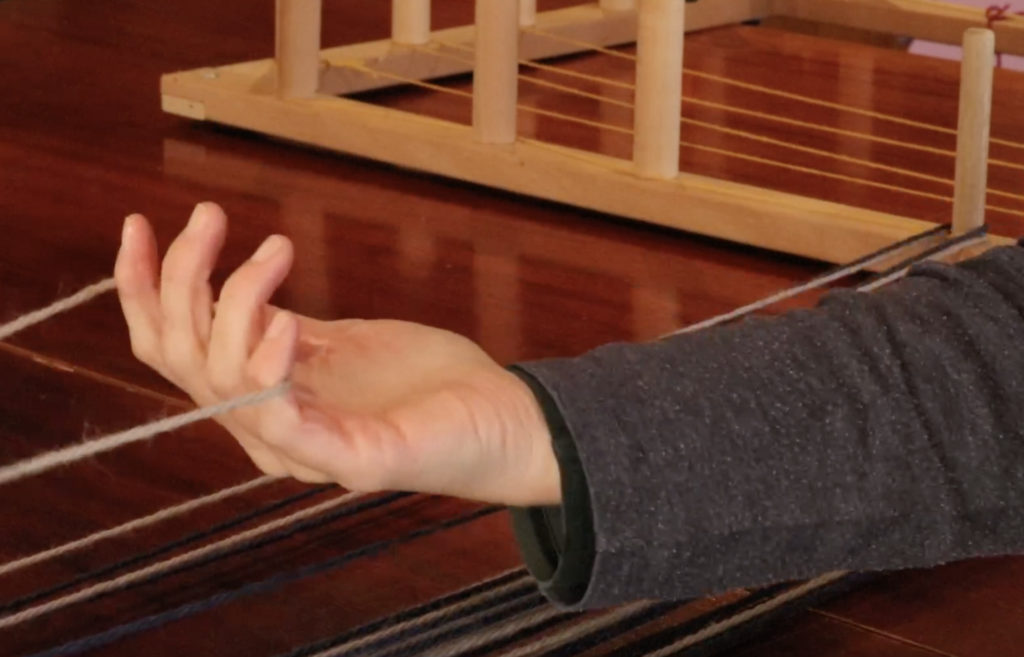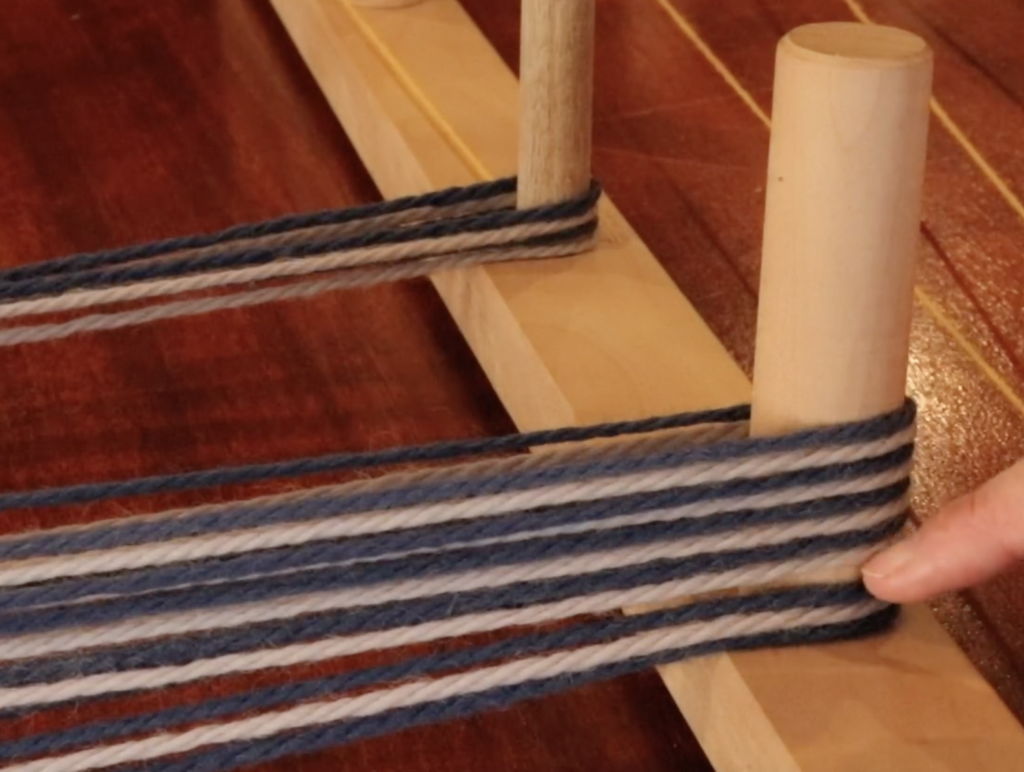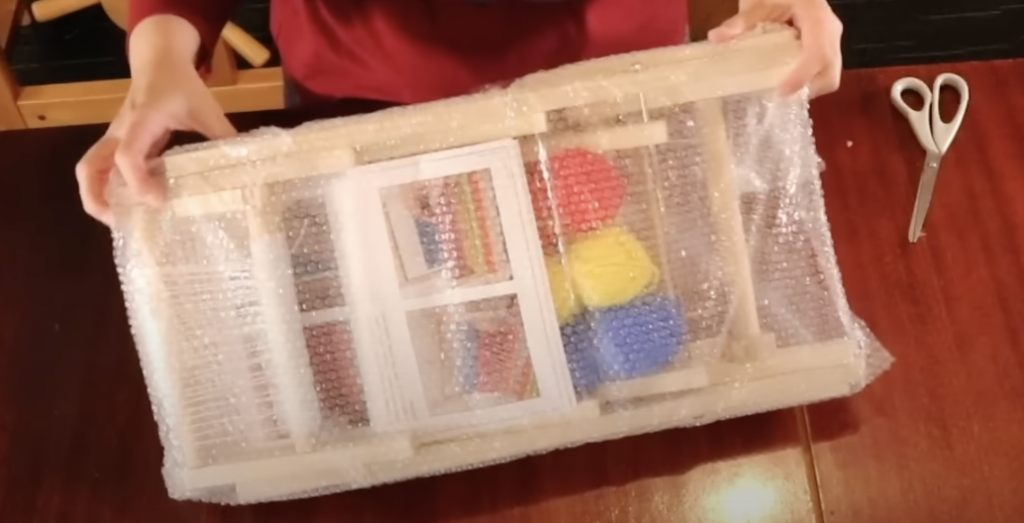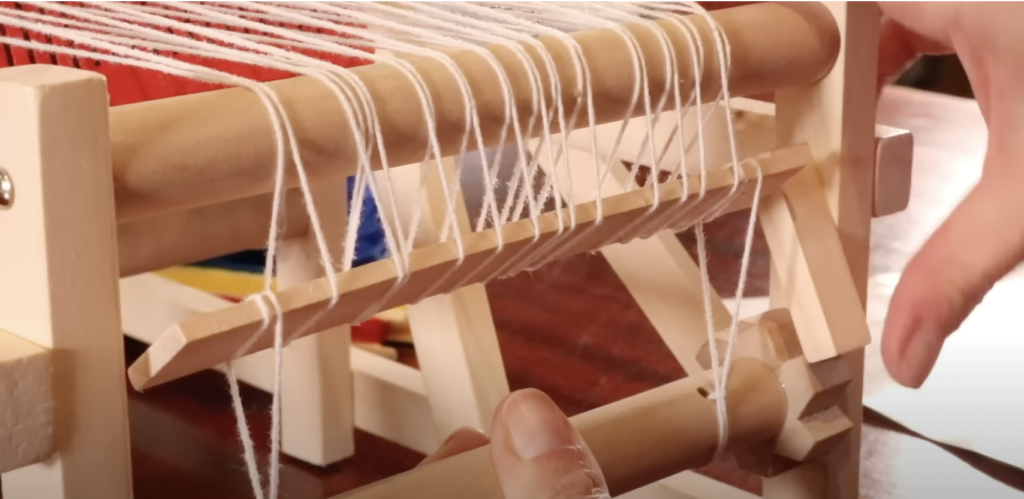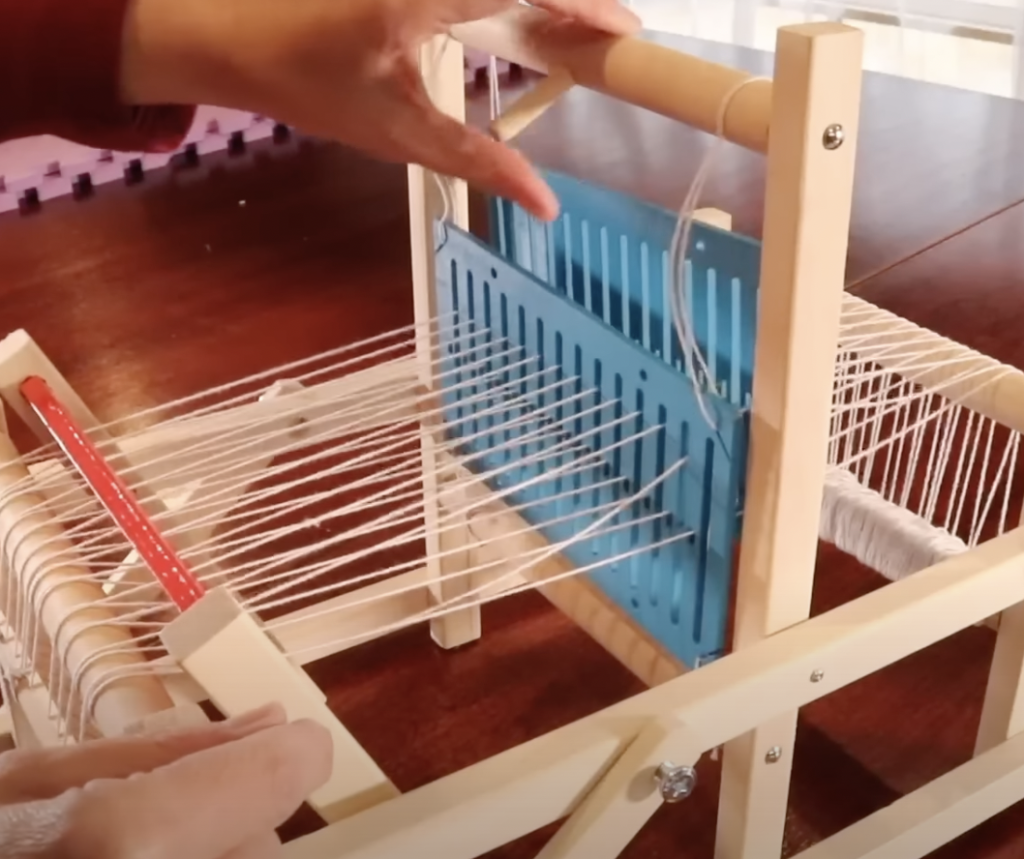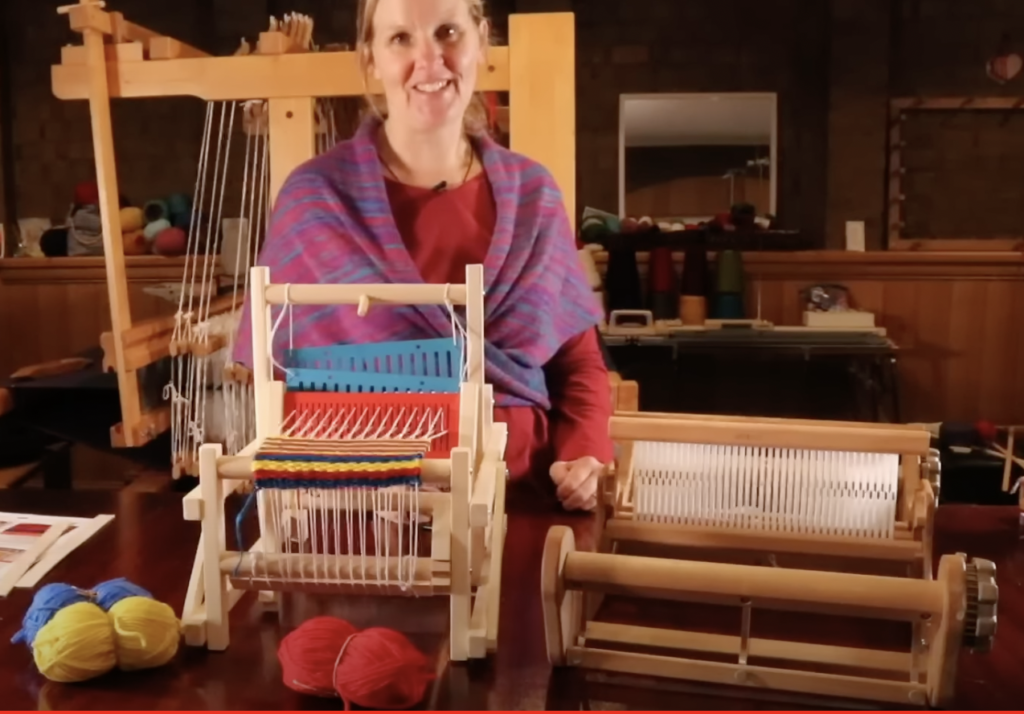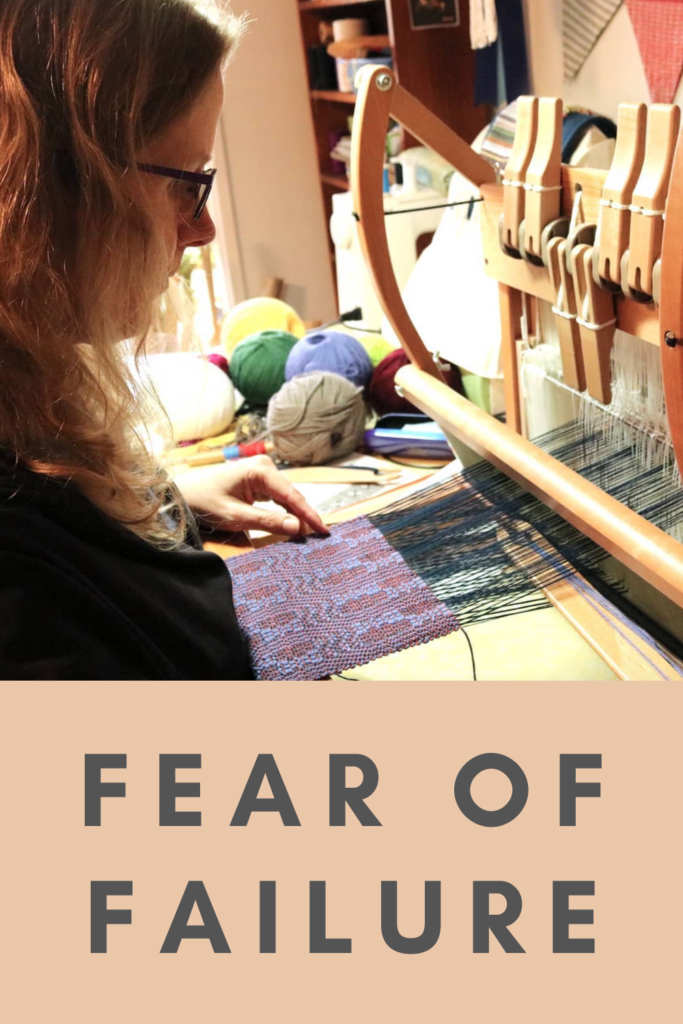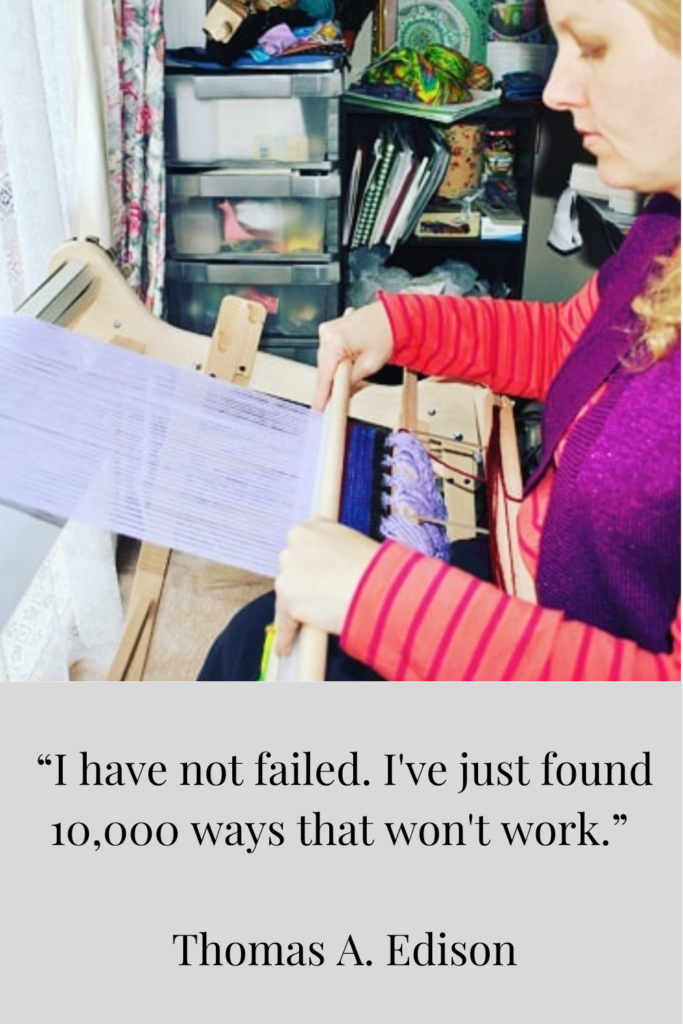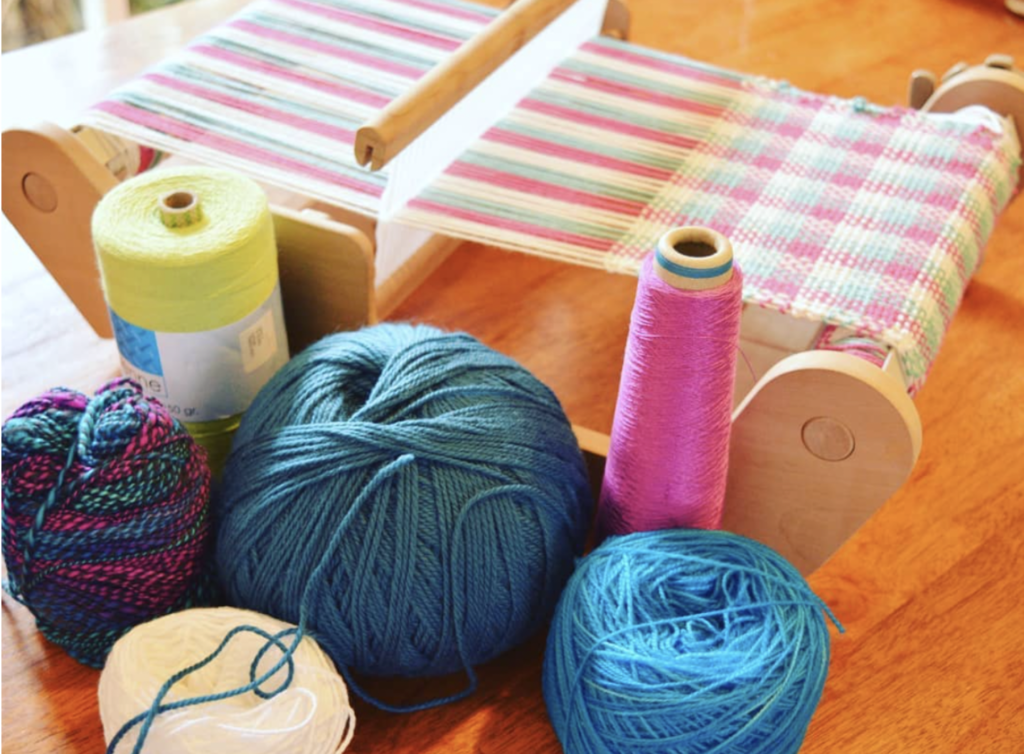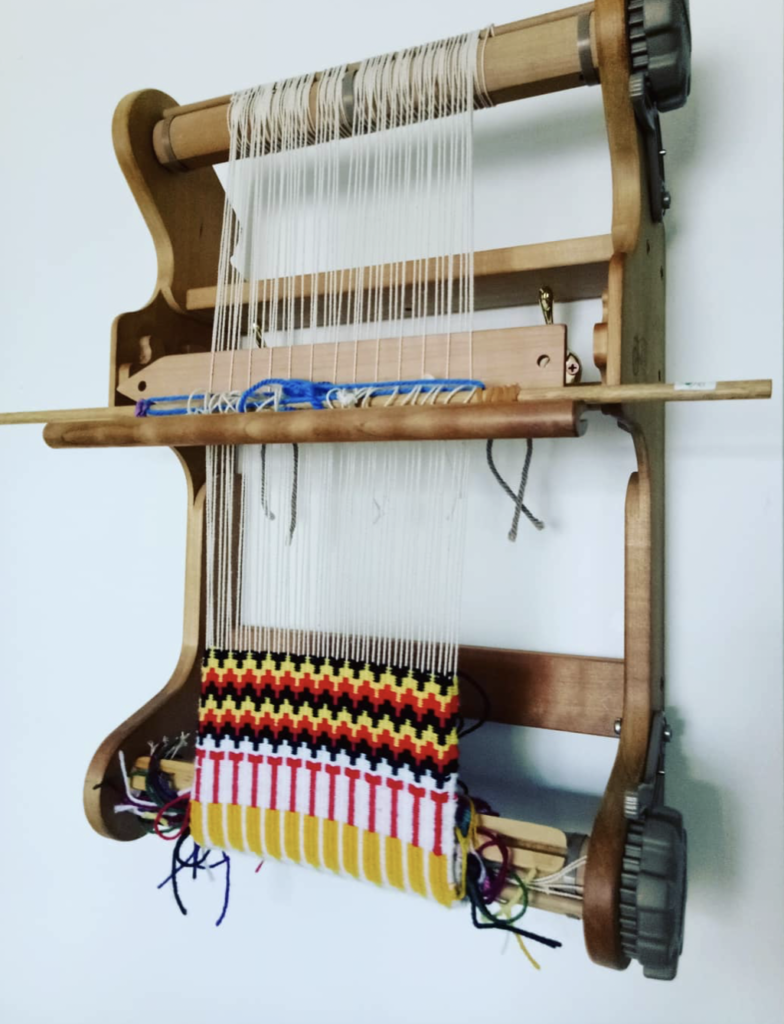The other day, I cut the warp off my loom way before I was finished the project.
But let me explain!
This project was literally months in the making, from dressing the loom (which I did in stages and just that step alone was worked on over weeks!) to tweaking the loom, to the actual weaving.
This was my first “big” project on my countermarch loom and I felt I was ready for it. I ordered the threads and made my plan – a full width warp (almost 60″), very long (I don’t even remember how many yards I initially put on), fairly fine threads and a 4 shaft, straight draw twill. The plan was to weave enough yardage for 2 skirts. I like long skirts, so wanted plenty of fabric.

So, what went wrong with this grand plan?
Probably too many things to include here, but here were the main issues:
- I warped at my warping board and then used the plain beam to warp. Given that it was such a long and wide warp, this was very difficult to do on my own and achieve a suitable tension.
- I discovered what weaving a wide warp is like. It’s harder than I thought. It put a lot of strain on my back, having to reach and shuffle across my weaving bench with every throw of the shuttle.
- My sheds were… not good! A result of my poorly tensioned warp.
- I really should have practiced more with the “new to me” countermarch loom before attempting a project of this magnitude.
It was just a struggle from the beginning and there were no real “ah” moments of settling in and getting into a happy weaving groove with it. It was mostly troubleshooting and battling.
I spent a lot of time at the loom, trying to work through it. I did not want to waste all that warp yarn I still had left.
But eventually it became too much, a built up stress in my mind and I took the scissors and cut the warp off.
PHEW! What a relief! At this stage, I have a little bit of useable fabric and no regrets for the wasted warp. I chalk it up to a learning experience, and boy, did I learn a lot!

I decided to make a list of positive and negative outcomes of this whole experience to see how they balanced out:
The positive outcomes
- In my attempt to make this project easier, I attached the flying shuttle race, which I had not yet tried on this loom. I was hoping it would improve my edges and speed up my weaving. Guess what I learned? I don’t like to use a flying shuttle! My edges were worse and the flicking action required for the shuttle irritated my old wrist injury.
2. I bought an end feed shuttle. This was my next attempt to improve my weaving experience, and yes it did and I’m super glad to now have an end feed shuttle in my weaving tool kit. I will be using it frequently!
3. There was a lot of loom/tie up/tension problem solving to do. So, even though it wasn’t a good project for me, it did help me to get to know my loom better and fine-tune things that needed it.
4. I learned that large and long projects in a basic twill are boring for me. I still love the idea of weaving larger projects like blankets, but would choose my weave structure and pattern more carefully.
5. Here is something really important this project taught me. It’s OK to abandon a project!
The negative outcomes
- I did feel guilty for wasting yarn. I’m a careful, frugal person in general – I use the material goods I’m blessed with wisely and it went against my natural inclinations to waste yarn when I know there are others who would just love to be able to afford some yarn.
However, the positives have outweighed the negatives considerably and I am glad that I made the decision.
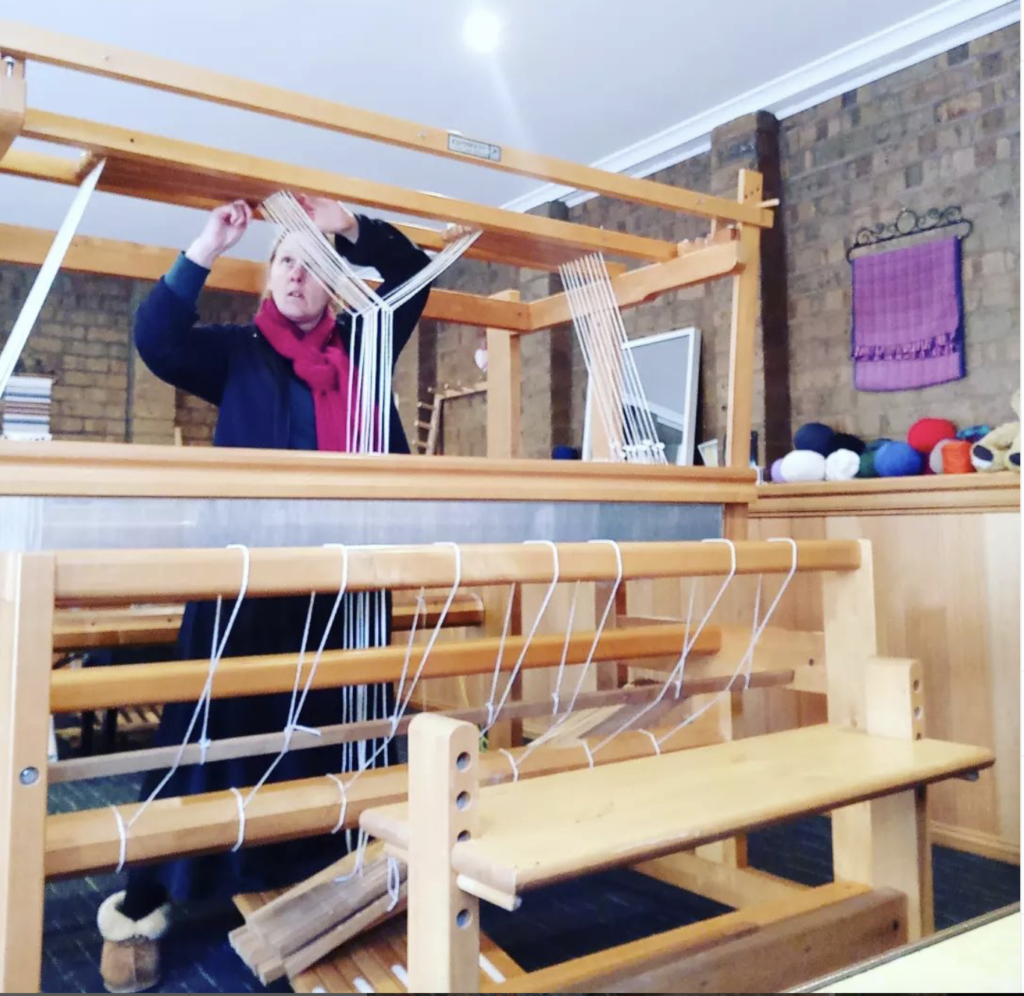
*This post may contain affiliate links. For more information, please see my disclosure policy.
So, what is my advice to you?
I am frequently asked about abandoning projects, which is the reason I’m sharing this in the first place. I always encourage a weaver to press forward with a project if they can. But I spend a bit of time troubleshooting with them first, because, more often than not all they need is some encouragement and to try a different technique or two before they are on their way again.
I also encourage you to think carefully and reasonably (as I did with this project) before making any decisions. Getting to a point of extreme frustration and grabbing the scissors before you’ve really thought about it is not a good idea and could lead to real regret.
Here are the things I recommend you consider before making the decision to abandon your project:
- If the project is preventing your from moving forward, cut it off. I have heard of weavers who will put a loom away for years because they can’t bring themselves to finish a project – not a positive solution.
- Imagine cutting the project off the loom. How does it make you feel? Relieved? Anxious? Happy? Unhappy? Defeated? Enthusiastic?
- Is the project sapping your weaving joy? Would starting a new project alleviate that?
- What is happening in your life right now? How is your mental health? Do you need to strip things back to basics?
One more thing.
If you are the type of weaver who has the problem that you find it difficult to NOT abandon project after project, that is a separate issue and needs to be addressed. I do think it is important to have discipline and finish projects rather than constantly “project hopping”.
I hope this post has given you some points to think about and make the right decision for you.
Until next time…
Happy Weaving!

